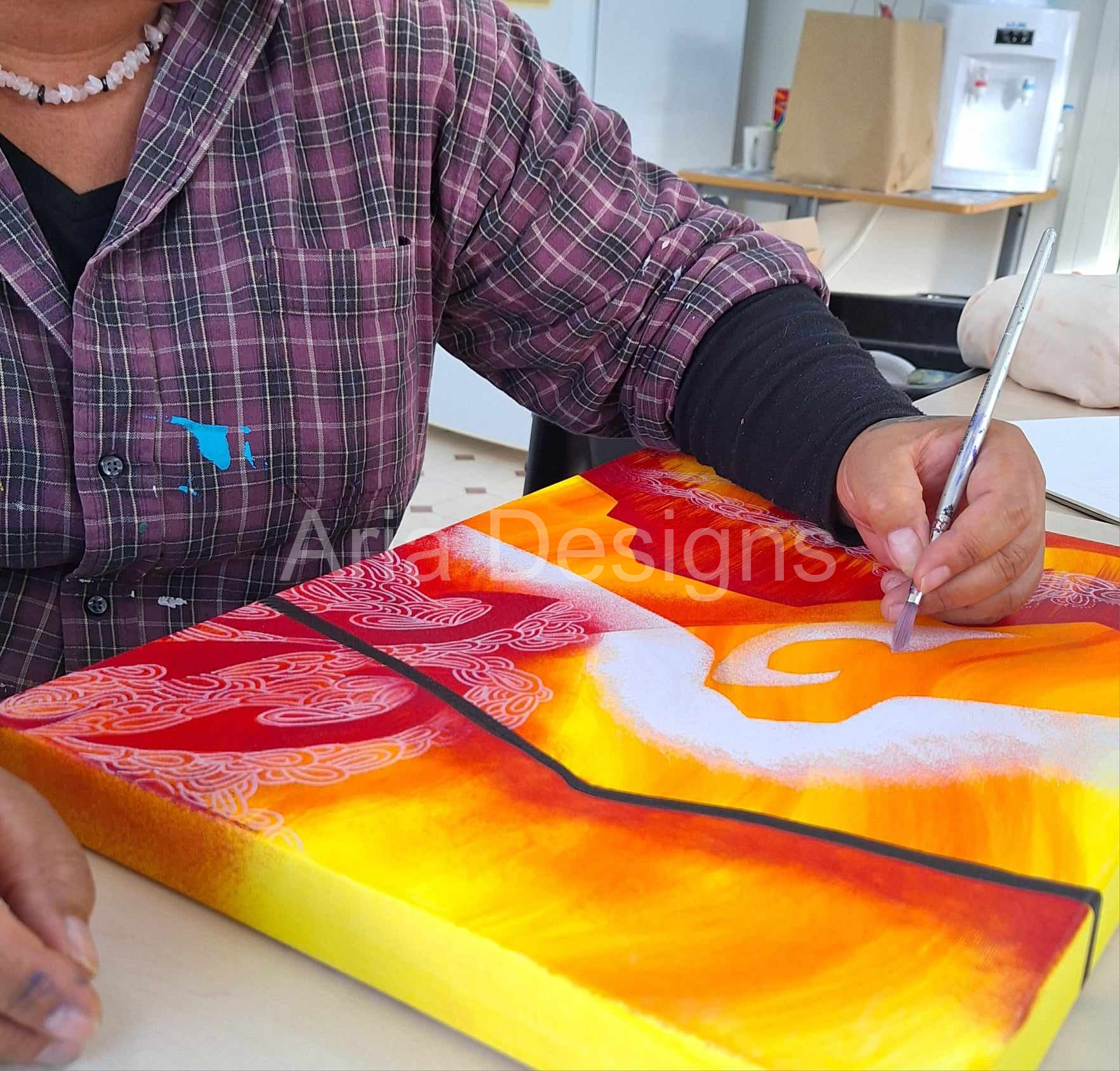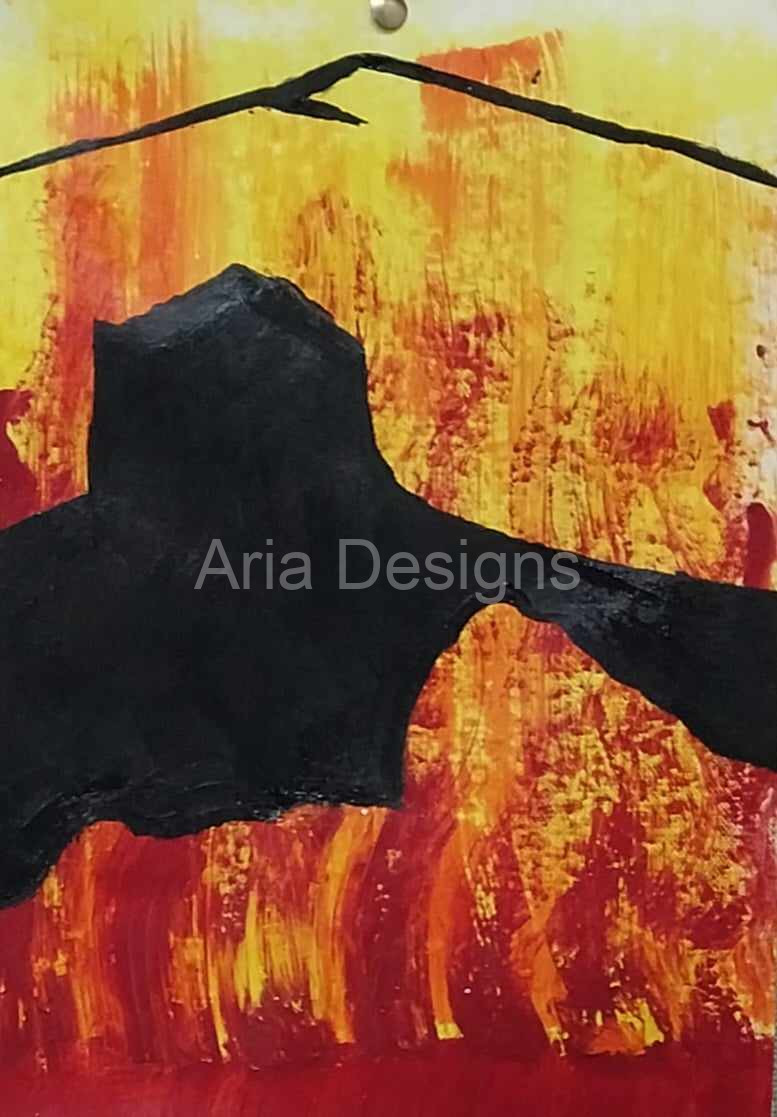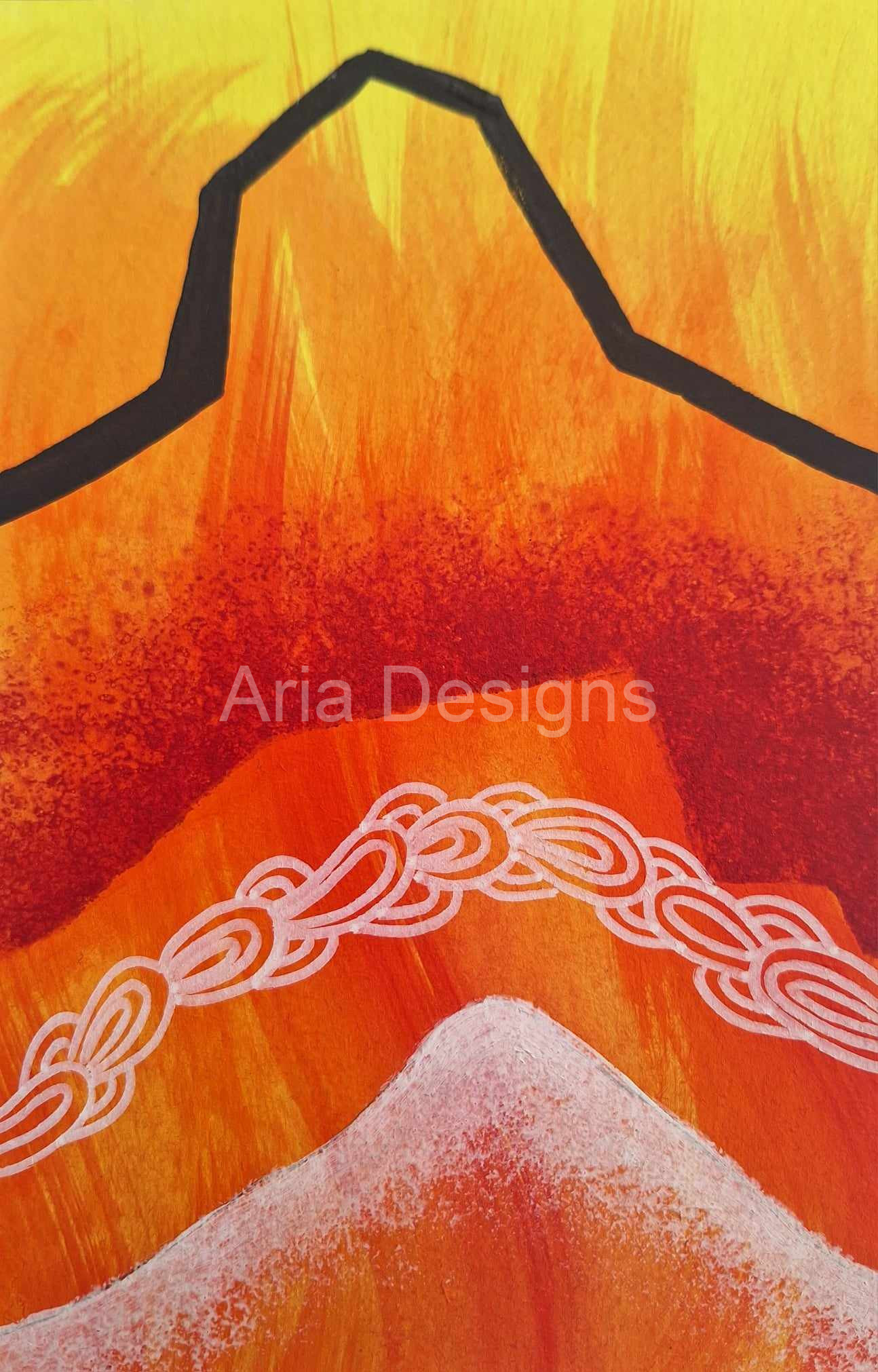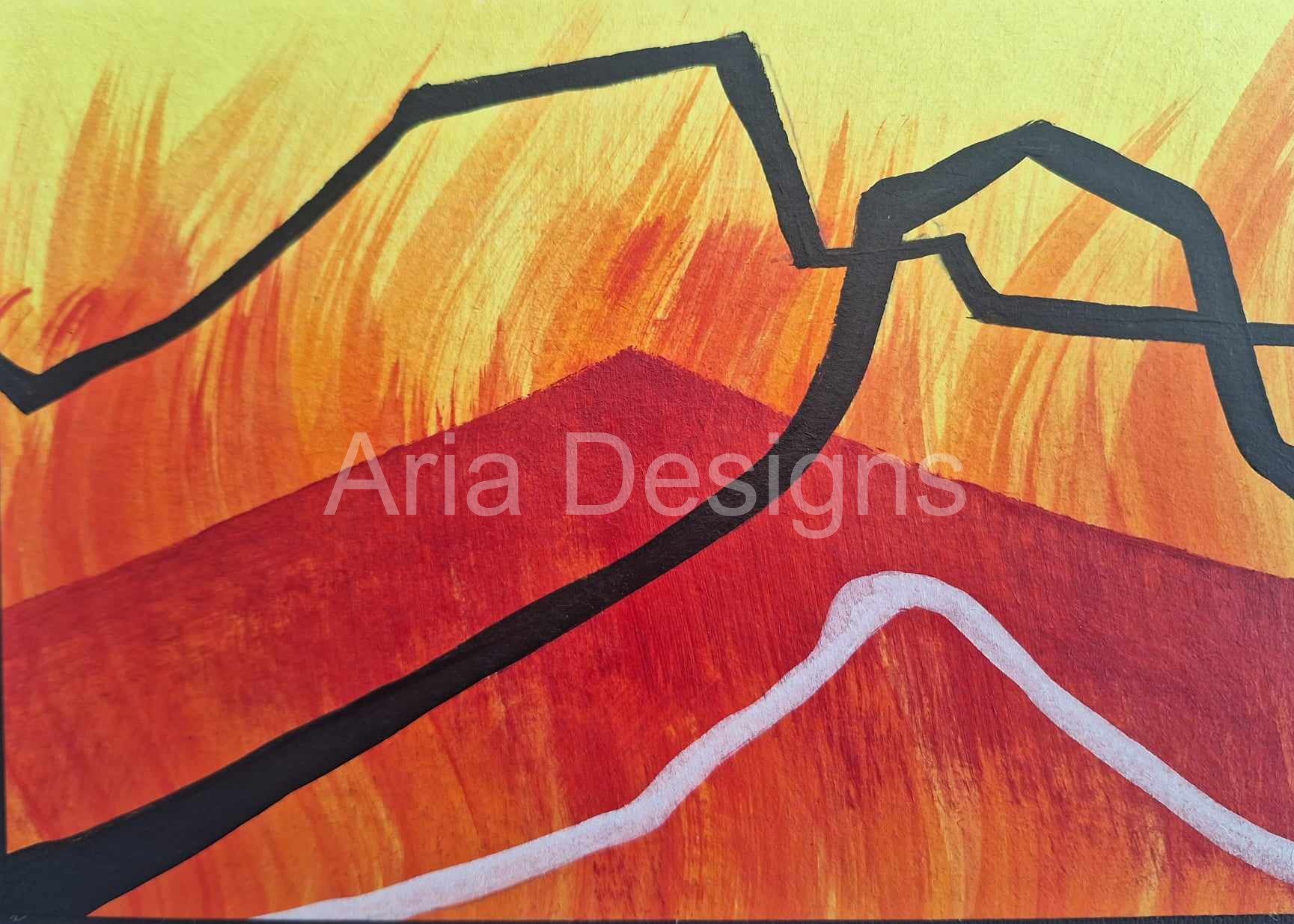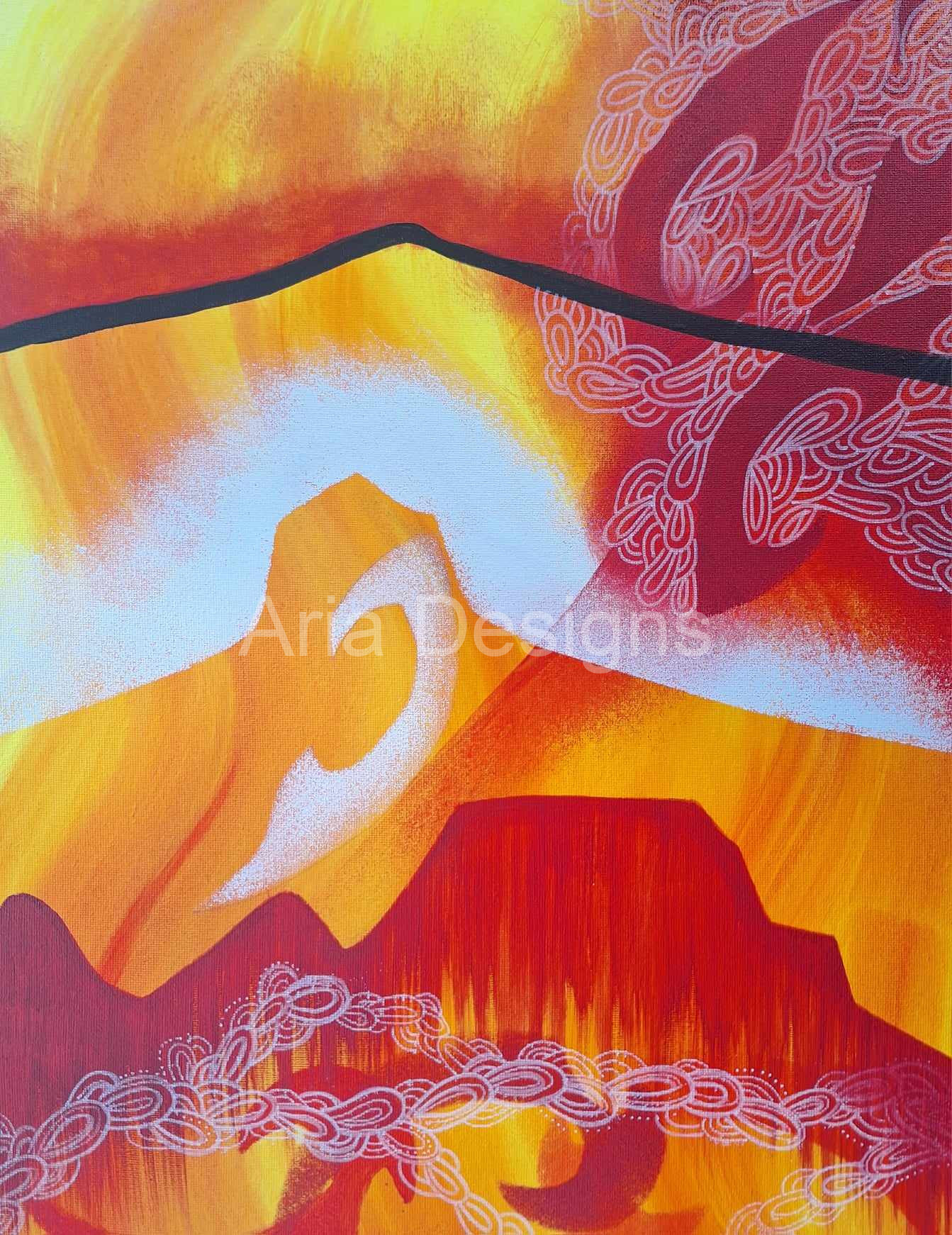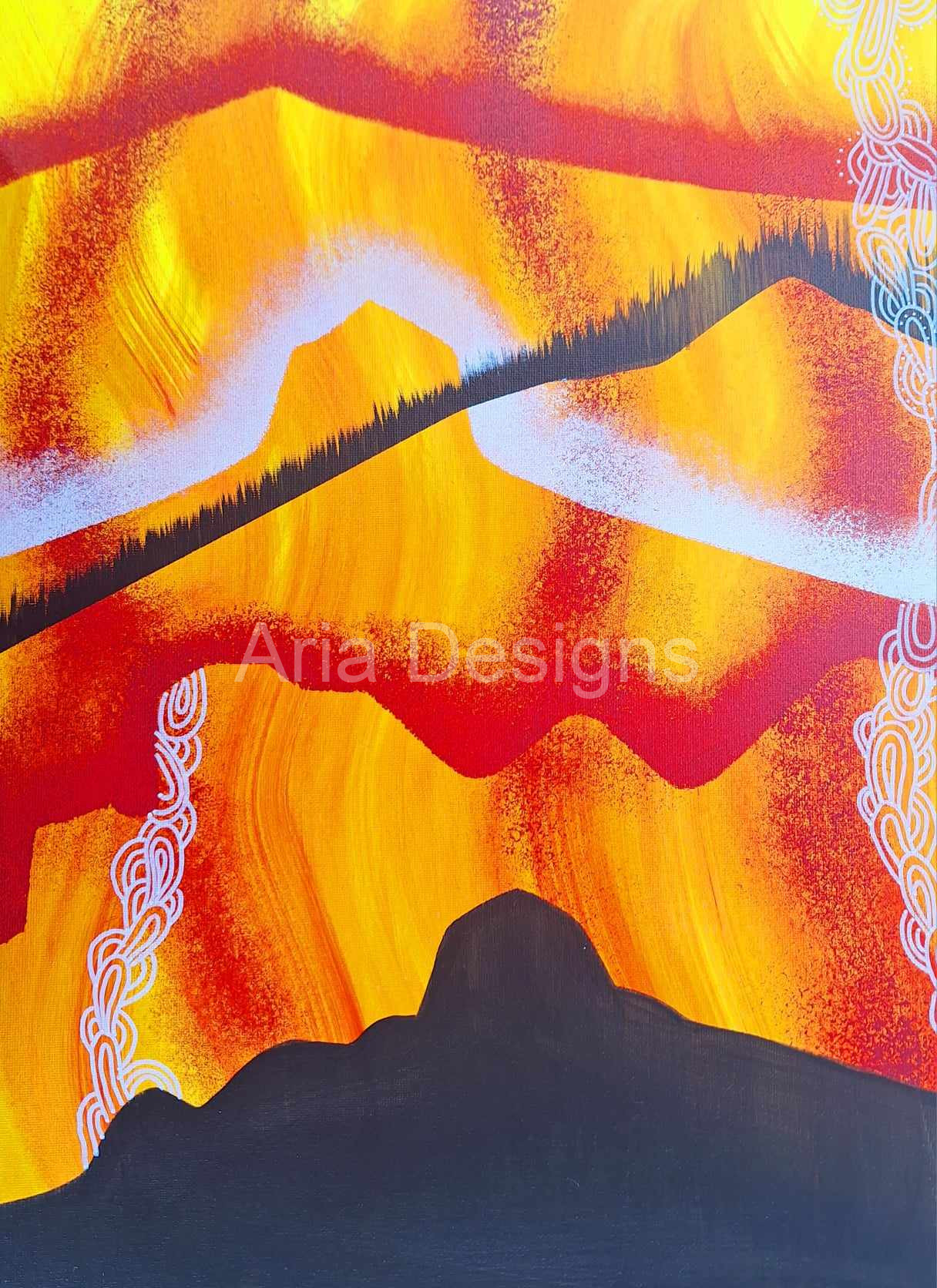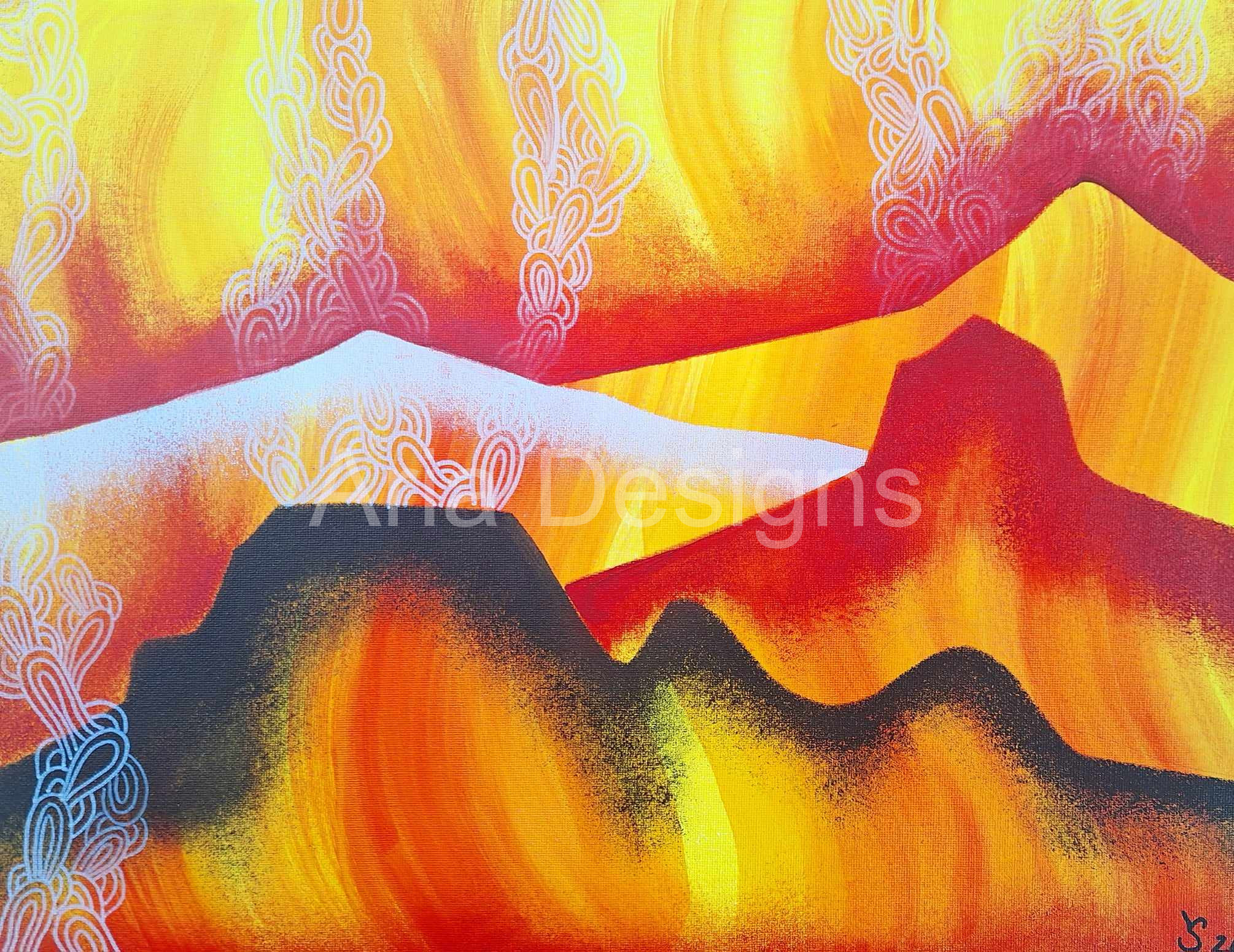The Whangaroa creation story is described in the oral history of Tangata whenua, as a mighty battle between two mountains, Taniwha and Taratara – prominent Maunga tupuna of this rohe (area).
In modern times this geological event was recorded by science as a violent volcanic eruption, occurring approx 6,000 years ago.
During this ancient upheaval, the whenua was qouged, scorched, and slashed. Creating the unique rock formations, ranges, ridges, valleys, and rivers we see today.
Why did the maunga tupuna battle?
What provocation? What grievance?
They battled for what was most precious – Wahine, the holders of whenua, whakapapa and Tangata.
Maunga Emiemi the weeping maunga, from across the Pupuke valley bears witness to her whanaunga fighting and to this day weeps from the trauma. Her tears form the many waterways that flow down to Whaingaroa moana.
Ohakiri (St Pauls) the head of Taratara, flung across the harbor where it rests today. Tohu (symbols) of past, present and future events – of both the natural world and human experience.
Tangata whenua describe a long passing of time before the land cooled and settled. According to their accounts the first life form to crawl up and out of the cracks of the whenua were the Tuatara and Mokomoko (lizards). They are represented in this painting in manaia form, rising from their primeval slumber to populate the whenua.
Walking ancestral whenua here at Pupuke today, a mokomoko stops and looks up at me. Skin glistening, tongue flicking, eyes flashing.
Basalt rocks forged under intense pressure, scattered around me. Once molten lava, cooling as they fell – in all shapes and sizes back to the whenua that ejected them. They are visual connections to origin, in present time, place, and space.
They symbolise the duality, of peace and war – a constant reminder that from destruction comes creation.
This mahi toi is dedicated to the Tangata whenua o Whangaroa.
Forged in the heart of a volcanic eruption and scattered across Whangaroa far and wide. Some scattered further, to big cities and towns, while others even further – to foreign far away countries.
But always their origins (whakapapa) remain rooted in Whangaroa, with Taratara and his wahine standing true.
Nga mihi aroha
